
Where is the Jackson Belt Line?
Although it has “belt line” in the name, the Jackson Belt Line is more of a short industrial branch line. The line diverges from the Michigan Central (MC) within the of Jackson Michigan at a point originally called Jackson Junction which is within the yard limits near where the MC roundhouse and shops were once located.
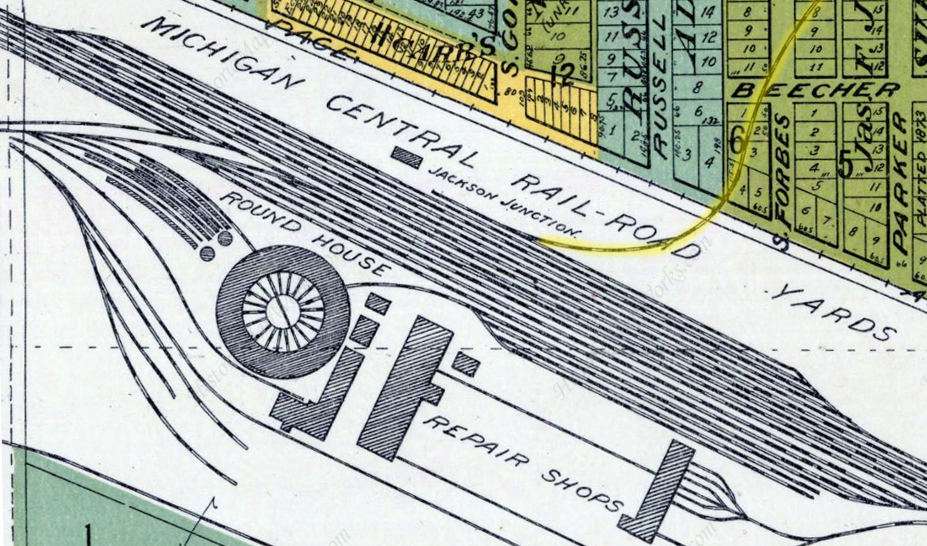
Overview of MC/NYC and Jackson
In 1841 the Michigan Central (MC) Railroad was the first railroad to enter Jackson connecting it with Detroit. The MC was owned by the State of Michigan at this time and pushed west to Marshall, Battle Creek, and Kalamazoo by 1846. The state sold the MC to private investors who continued to build the line south along Lake Michigan to reach Chicago. During the second half of the 1800’s several other railroads also converged on Jackson and the city grew rapidly. These rail lines included:
- Lake Shore & Michigan Southern (LS&MS)
- Grand River Valley Railroad (GRV)
- Jackson, Lansing & Saginaw (JLS)
- Fort Wayne, Jackson and Saginaw (FWJ&S)
- Michigan Air Line (MAL)
- Grand Trunk (GT)
- Cincinnati, Jackson and Mackinaw Railway (CJ&M)
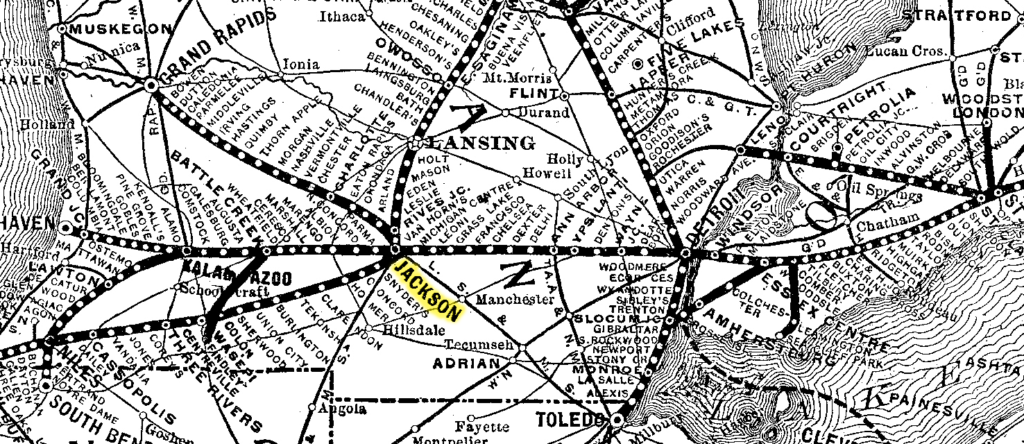
The GRV and the southern portion of the MAL came under MCRR control in 1870, and the JL&S in 1871. Around 1878, the Vanderbilt family asserted control of the company through stock purchases, and the line began a slow integration into the New York Central (NYC), which was completed in 1930. The progression of railroad control from there is typical of many eastern lines as NYC went to Penn Central (PC) to Conrail and eventually Norfolk Southern (NS) which then sold the line in 2012 to the Michigan Department of Transportation (MDOT). The line is still used to this day serving as the Amtrak passenger rail corridor between Dearborn and Kalamazoo. Norfolk Southern retains an exclusive trackage right for freight on the line but for the most part it’s only local freight traffic as all through traffic has been moved to routes across northern Ohio and Indiana.
Belt Line Start and First Customers
Details about the origins of the Belt Line are a bit vague but from what can be pieced together it was built on a portion of MAL right of way which had never been completed. The MAL was created to build a line from Port Huron, Michigan to Chicago crossing the MC in Jackson, giving the Canada Southern Railway access to Chicago. Two portions of the line were built. South from Jackson to Niles and a northern portion from Romeo MI east to Richmond MI. MC leased the line running south from Jackson the Grand Trunk acquired the northern Romeo-Richmond line. Grand Trunk would finish the line to Jackson several years later but using a route to the west of the city along the river.
Here is where things are vague, the crossing of the MAL would have been directly in the middle of the MC yards which were built in 1871 right after leasing the MAL. The right of way then turned straight north from there running parallel to Horton and Roberts Streets. This northern portion was used by the MC to create the Jackson Belt Line about 1880. It can only be assumed from the name “Belt Line” that the intention was to extend the line around the city. From early Section maps, the right of way clearly shows the proposed line turning to the northwest in an arc as if to continue around the city.
The earliest maps show Lewis Spring and Axle just north of Lewis Street as the first industry on the line. This northern point of the Belt line would be the maximum extent of track ever laid creating a 2.25 mile branch line. It did not take long for several industries to locate along the Belt Line. These ranged from buggy manufacturers to farm equipment manufacturers. The 1893 Sanborn map shows the northern end around Main Street (later Michigan Ave) with Lewis Springs, Fuller Buggy and Hutchinson Manufacturing.
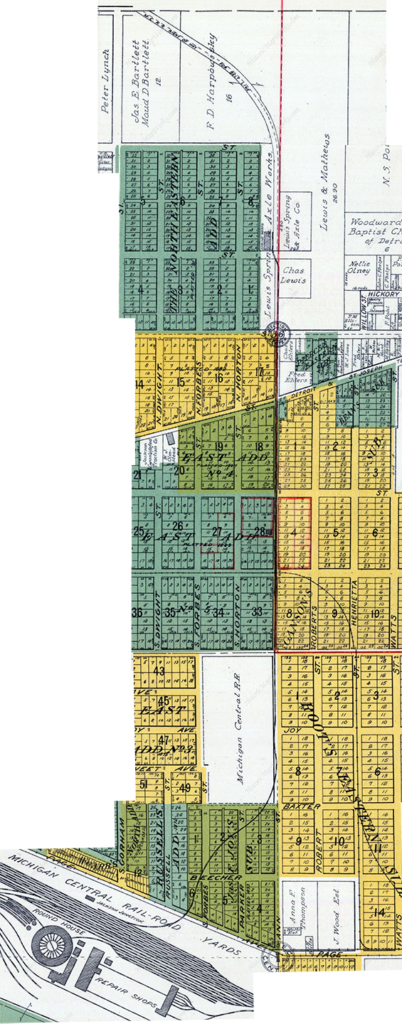
Automobile Brass Era Boom
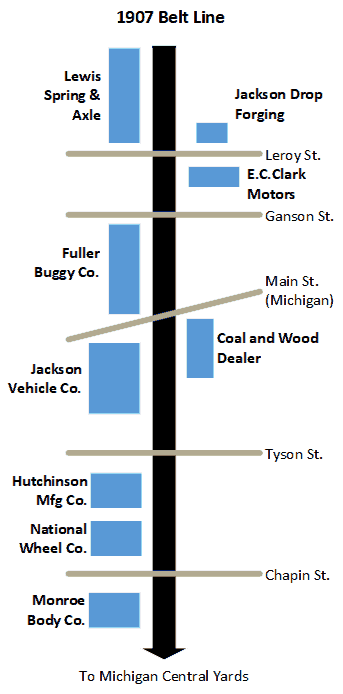
Although Detroit is the Motor City from 1901 to 1954, 25 different makes of automobiles were built in Jackson Michigan. The “Brass Era” of automobiles (1896-1915) was the peak period for the Jackson auto manufacturing business. In 1907 alone, the Belt Line hosted three of these manufacturers including Jackson Vehicle Co, Clark Automobiles and Fuller. Additional companies that supported the auto manufacturers included Monroe Body, Kelsey Wheels (later Kelsey-Hayes) and Lewis Springs & Axle Co. A few other non-automotive industries were also served on the line including a foundry, coal/wood/fuel dealers, and a manufacturer of flour mill equipment. The line was a very busy place in 1907 and continued to serve many automotive based industries until it’s removal around 1990.
The largest and the most prominent building on the Belt Line (until the Goodyear plant was built) was the Commercial Exchange Building, known early on as the Collins Manufacturing and the Jackson Automobile Company complex. The buildings still exist to this day and have been listed on the National Register of Historic Places since 1993. Built by the Collins Manufacturing company in 1895 to replace a prior building destroyed by fire, the new building was a massive U-shaped factory. In 1897, the Collins Manufacturing Company was absorbed by the National Wheel Company. National Wheel subsequently sold the building in 1908 to the Jackson Automobile Company. Jackson Automobile expanded the building(s) creating a large loading/shipping area at the rear along the Belt Line and some other buildings.
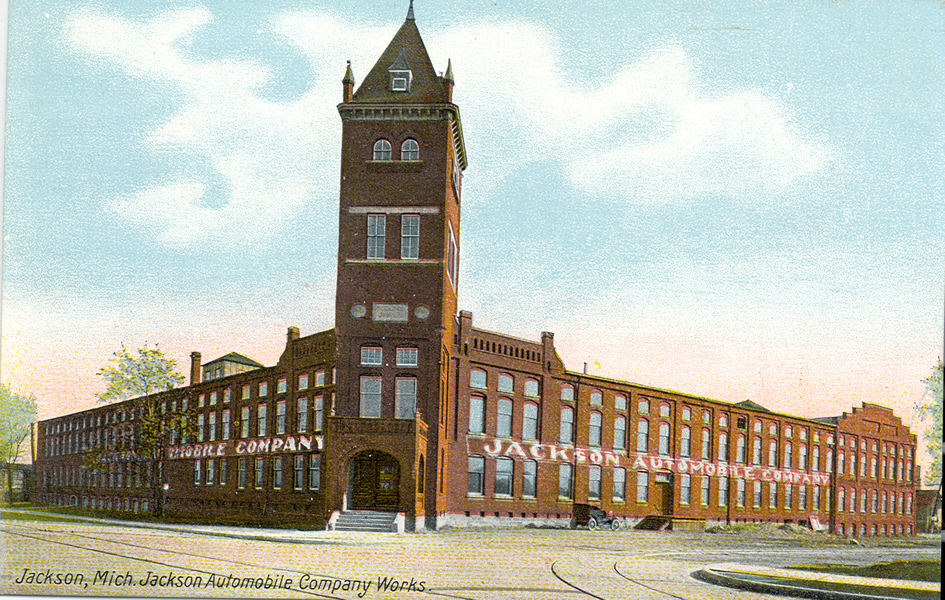
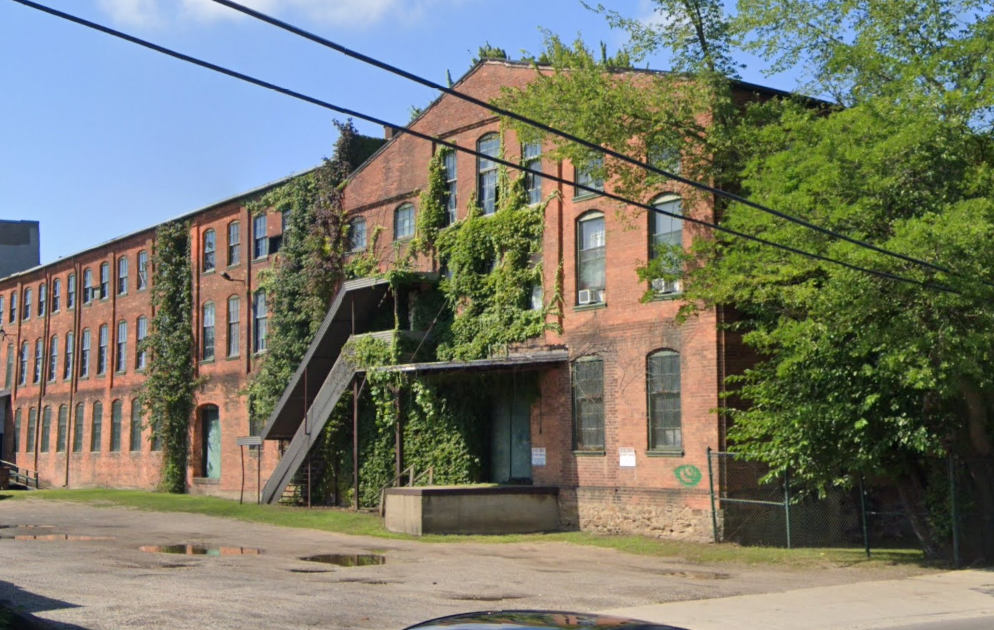
Jackson Auto company was a good automobile with dealers throughout U.S. and Canada with sales over 10,000. They also had a racing program racing and won the Wheeler-Schebler Trophy Race which was held at the Indianapolis Motor Speedway before the first Indianapolis 500. Jackson stopped producing cars during WWI to support the war effort. When they returned the Brass Era was over and the Jackson designs could not keep up rest of the industry. The company folded in 1922.
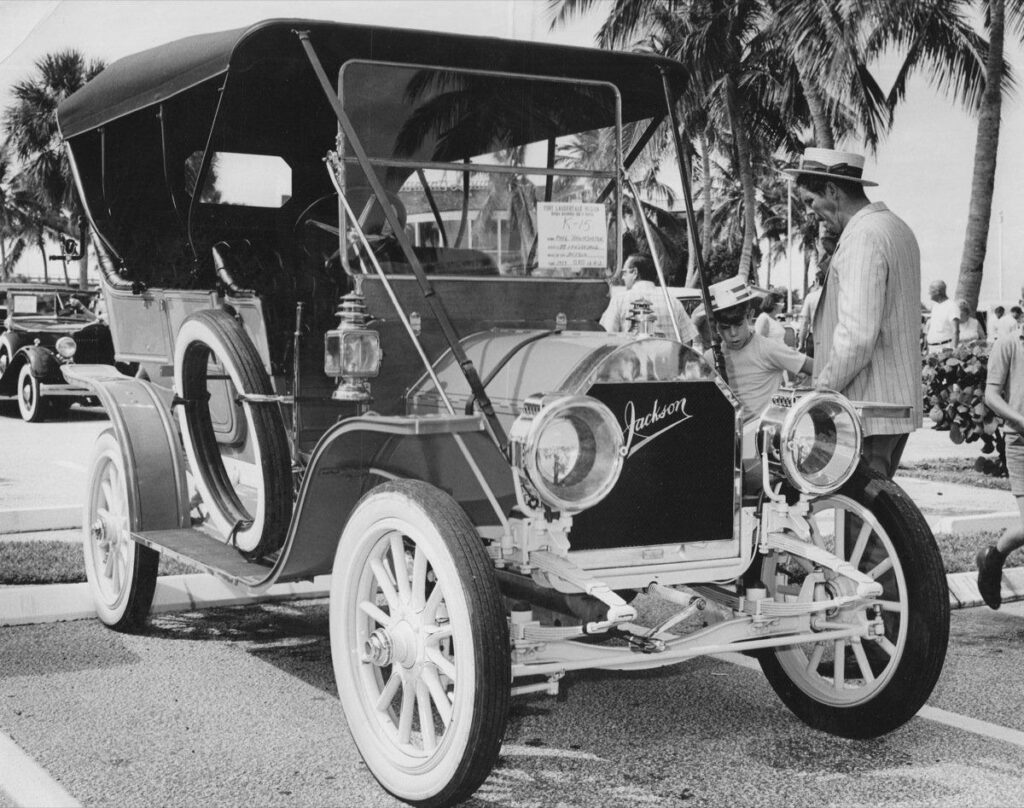
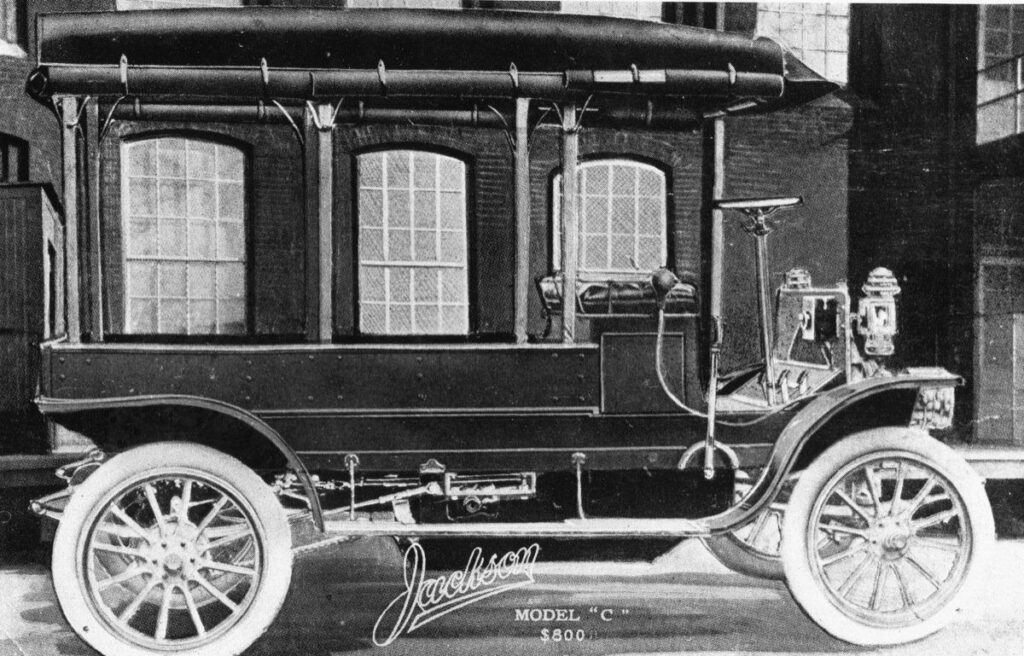
Another auto manufacturer on the Belt Line during this era was the Fuller Buggy Company. Fuller built cars from 1908-1910. Fuller produced high wheeler and regular vehicles with pneumatic tires. Fuller sold out to Jackson (just across the street) after 1910.
Across the tracks from Fuller on Leroy Street was the Clark Motor Co which shared a small building with Jackson Automobile Co. Although appearing on the Sanborn map, very little information could be found. It is possible this was the forerunner to the C.V.I. (CUTTING SIX) built between 1907-1908 which was later located on Horton Street (1 block to the west on the other side of the tracks). This could also be the precursor to the Clark-Carter Automobile Company which produced the Cutting (yes same name as before) starting in 1909 on N. Mechanic Street. This was known as the Cutting Motor Car Company from 1911–12.
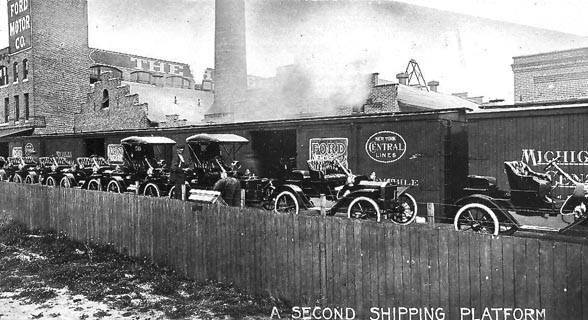
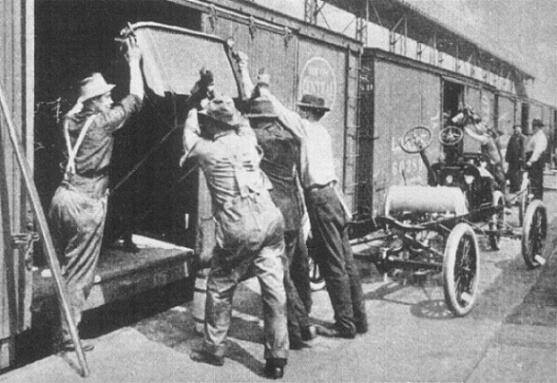
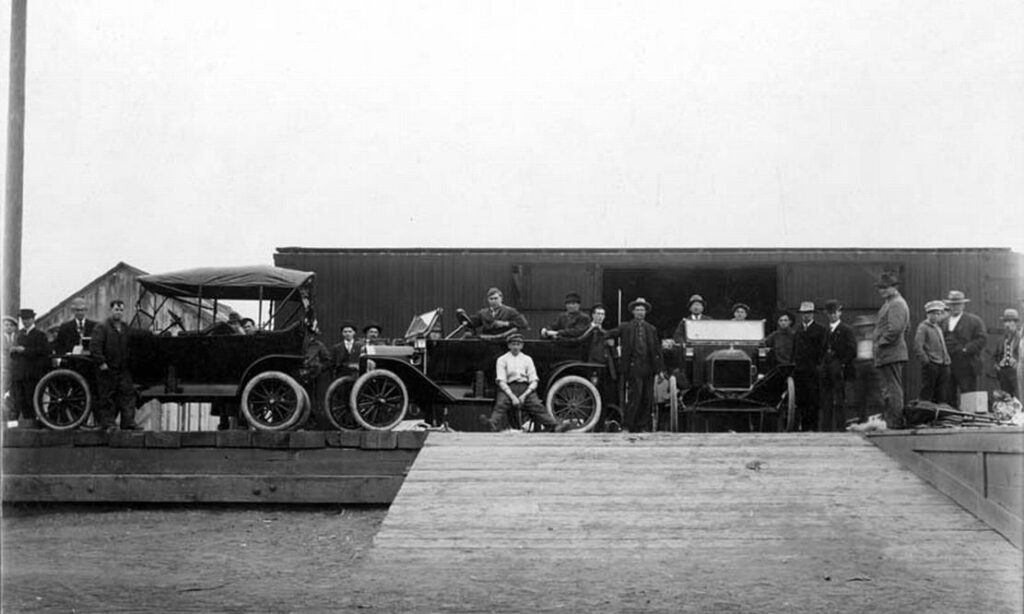
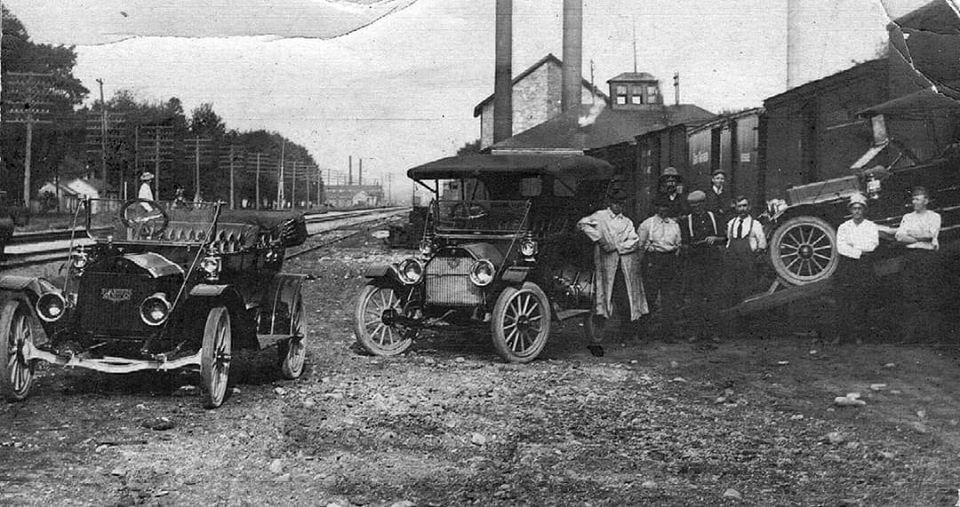
At the very North end of the Belt Line was one of the first and most influential industries on the line, the Lewis Spring and Axle Company. Owner Charles Lewis was one of the original owner/investors in the Jackson Automobile Company. He sold his interests in 1910 and passed away shortly after. His son, Fred Lewis, picked up the torch and started building his own cars called the Hollier from 1915 to 1921. After WWI the company name was changed to Hollier.
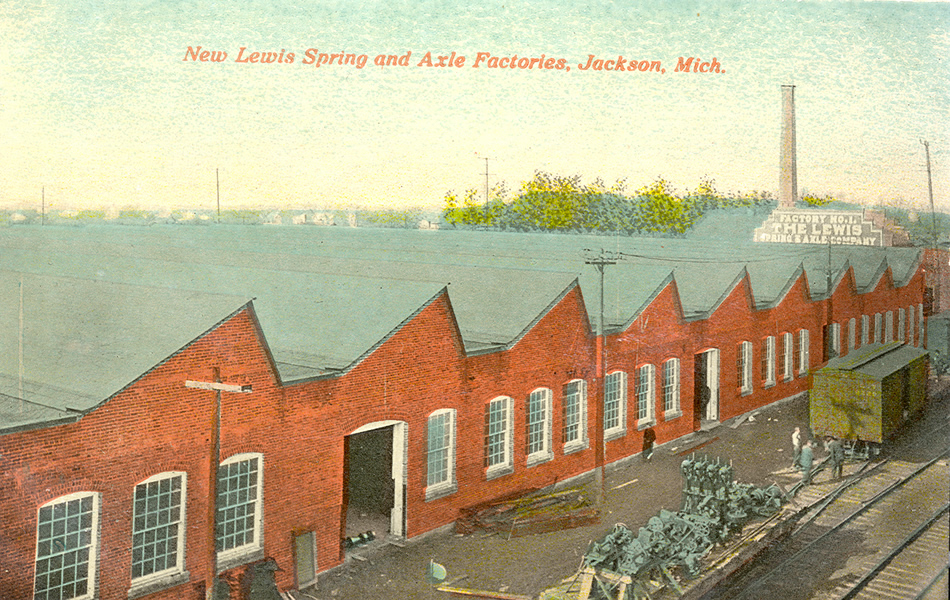
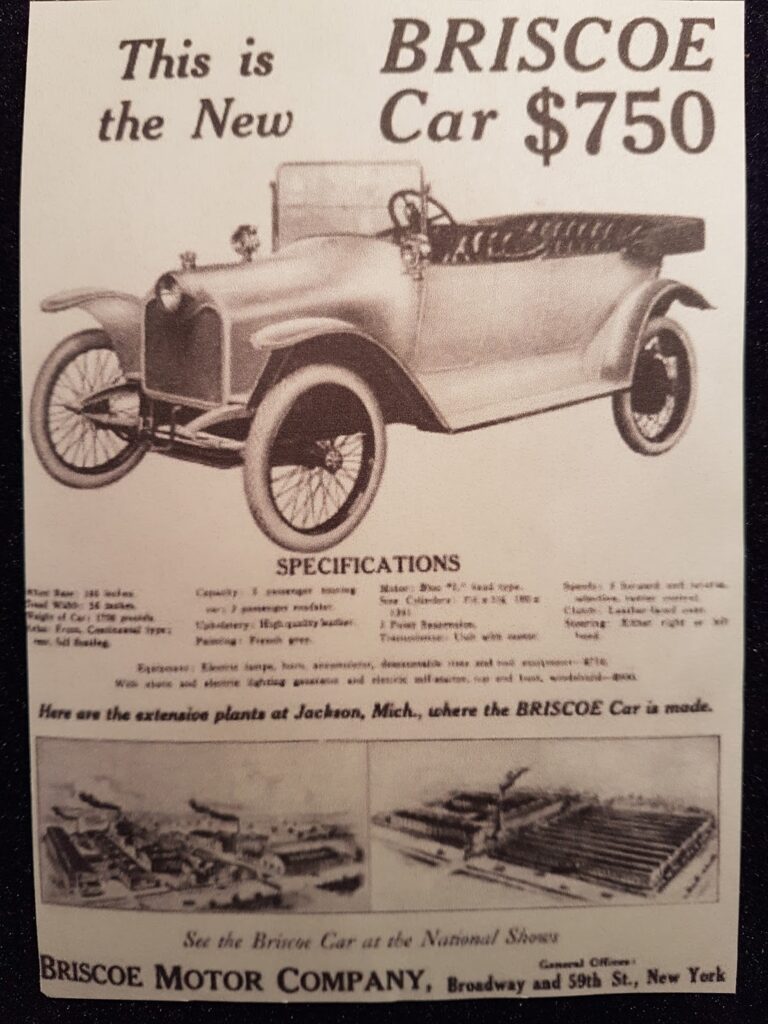
Sometime around 1917, Ben Briscoe built a new factory at the corner of Hanson and Garner along the Belt Line to produce the Briscoe automobile. The vehicle was a unique design with a single front headlight. They produced cars at this location until 1920 when Earl Motors took over the factory when Briscoe failed. Earl Motors was an enterprise started by Mr. Clarence Earl after he left Willy’s Overland in Toledo. Earl Motors produced cars from 1920-1923.
Along with the auto makers there were several auto parts suppliers along the line. One of the longest-lived companies was Hayes Wheels (later Kelsey-Hayes) in 1909. Hayes was well known for high quality spoked wheels during the Brass Era and grew quickly with multiple plants in Jackson and other cities. Hayes got its start on the Belt Line by acquiring the former National Wheel Company.

Other auto suppliers along the Belt Line in the early years included:
- Monroe Body Company
- Sparks-Withington Company (producing the now famous ah-oogah sounding electric horn)
Other industries on the Belt Line as shown on the 1907 Sanborn maps included:
- Jackson Drop Forging
- A fuel dealer (coal/wood)
- Hutchinson Manufacturing (flour mill machinery)
It appears 1923 was the last year automobiles were produced on the Belt Line, but automotive suppliers continued to be a primary source of traffic for some time. By 1916, the NYC controlled 94% of Michigan Central’s capital stock. Because of bond issues with the Lake Shore and Southern Michigan, the MC retained its identity for some time, but the last vestiges of the MC were completely integrated into NYC by the 1950s.
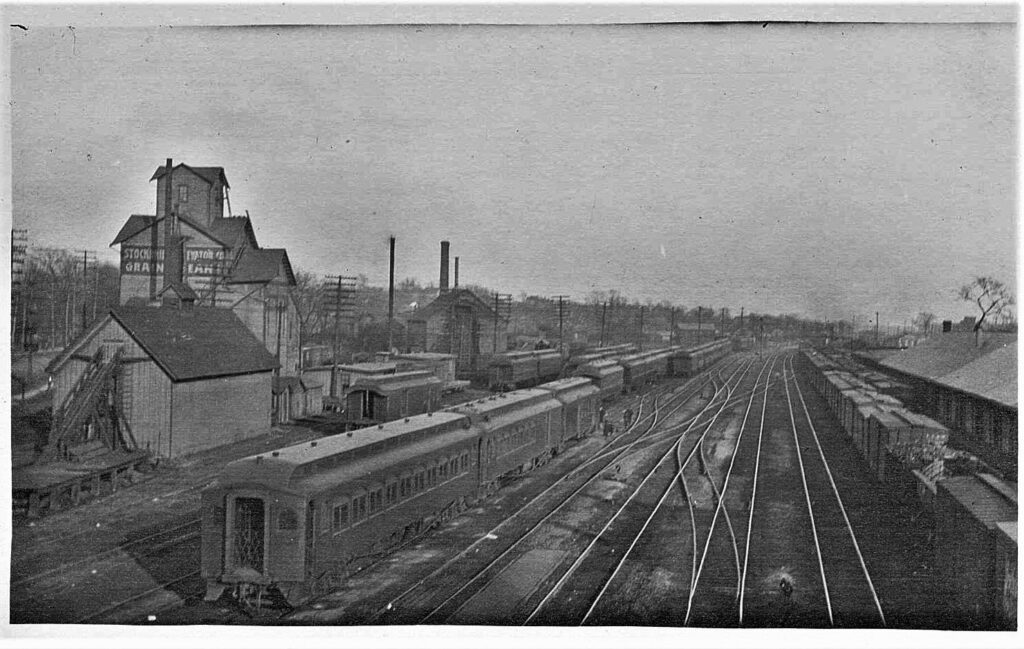
In Part II we will look at the changes that occurred on the belt line through the New York Central and Conrail years until its ultimate demise. I hope you enjoyed this look at Jacksons early automobile history and the belt Line. For more information on the Jackson Automobile industry checkout these links:
- Ye Ole Carriage Shop – Lloyd Ganton’s Auto Collection (https://www.yeolecarriageshop.com/). This location contains the best collection of Jackson made automobiles in the world.
- MLive – Peek Through Time: ‘Made in Jackson’ appeared on 25 models of automobiles from 1901 to 1954 (https://www.mlive.com/news/jackson/2013/01/peek_through_time_made_in_jack.html)
- Jackson, Michigan – The Other Detroit (https://www.legendsofamerica.com/jh-jacksonmichigan/)
- Jackson’s Auto Industry Gave Detroit A Run For Its Money: 1890s-1920s (https://99wfmk.com/jackson-auto-industry/)
- Commercial Exchange Building Wiki (https://en.wikipedia.org/wiki/Commercial_Exchange_Building_(Jackson,_Michigan))
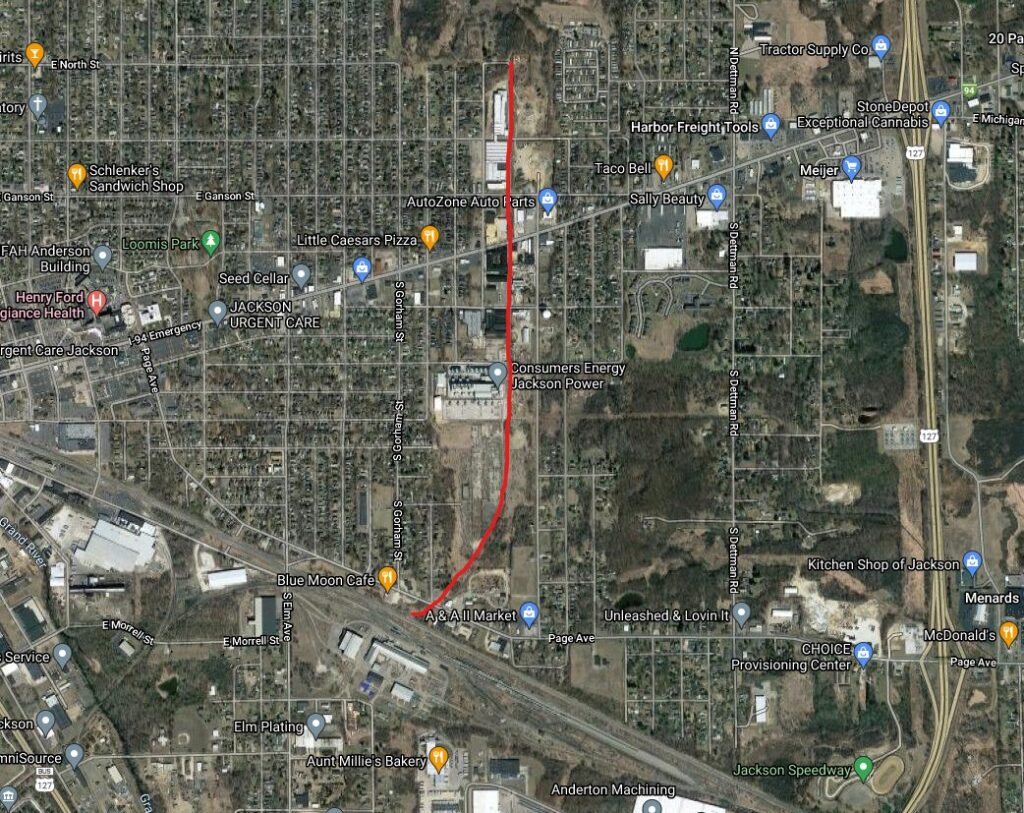
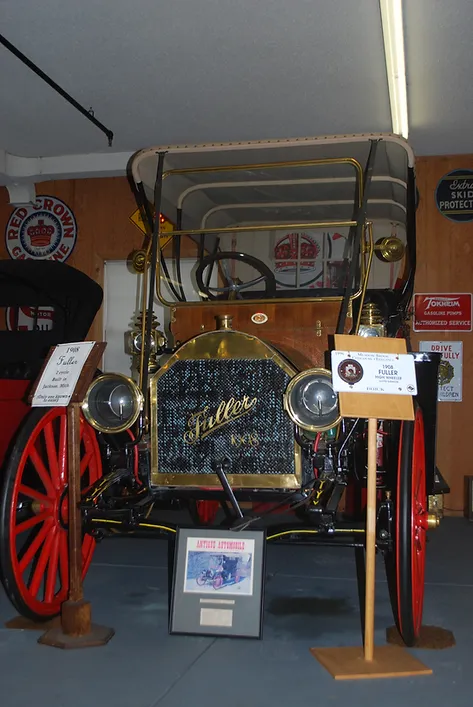
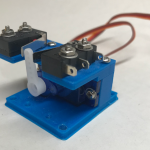
Anyone interested in the history of railroads in Jackson should check out Doug Leffler’s book, “Railroad Town Jackson, Michigan: A Historic Pictorial of Railroads in Jackson County, Michigan”. You can find it on Amazon.
Doug Leffler provided content and photos for Part II on the Belt Line. Hopefully I will have it done by this time next month.
Well done post Marshall. This is a great example of a unique era with lots of customers packed into a smaller footprint.